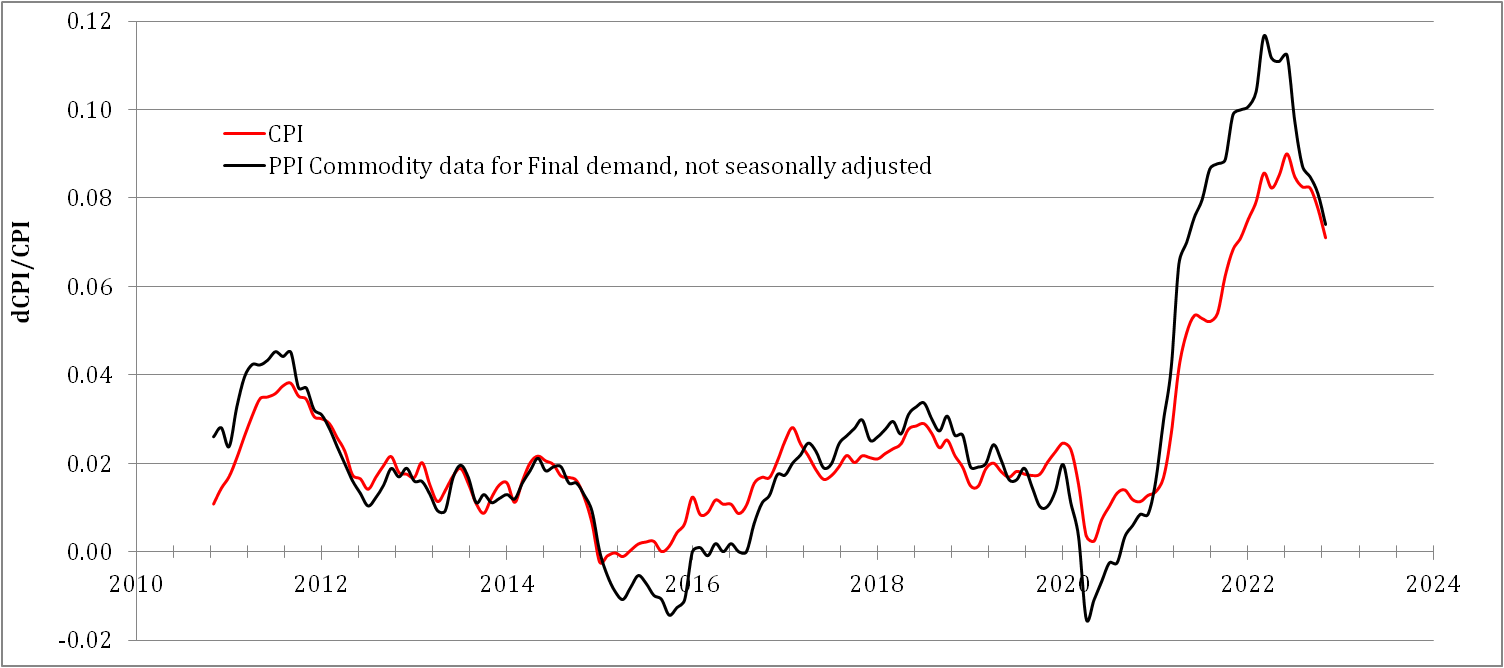Despite the increase of 263,000 in total nonfarm payroll employment in November, the seasonally adjusted household labor estimation are all negative.
The total civilian noninstitutional population increased by 173,00 from 264,535,000 to 264,708,000, but the civilian labor force fell by 186,000 from 164,667,000 to 164,481,000. The number of employed also fell from 158,608,000 to 158,470,00 (-138,000). The employment/population ratio also fell by 0.1% from 60.0% to 59.9% (60.1% in September). The labor force participation rate decreased by 0.1% from 62.2% to 62.1% (62.3% in September 2022, and 61. 9% in November 2021. Finally, the population 'not in the labor force' increased from 99,868,000 to 100,227,000 (+359,000).
The long-term decrease in the most important labor characteristics continues. This is insane to say that the unemployment rate is lower than in April 2000 when the labor force participation rate fell from 67.3% in April 2000 to 62.1% in November 2022. This is 5.1% of the current civilian noninstitutional population or ~13,000,000. Currently, the number of unemployed is ~6,000,000.







